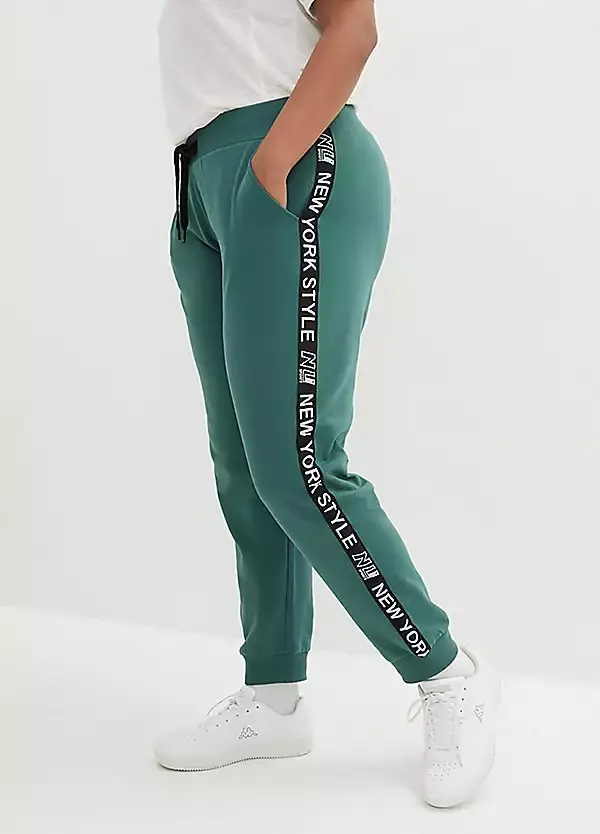In the fast-fashion and sportswear industries, a garment is often only as good as its trim. A hoodie with a cheap drawstring that frays, or leggings with a waistband that loses elasticity after one wash, damages brand loyalty instantly. For garment manufacturers, sourcing webbing isn't just about aesthetics—it's about shrinkage control, color fastness, and skin safety.
As an OEKO-TEX® certified manufacturer, TMG Webbing supplies the world's leading apparel brands. This guide helps procurement officers choose the right narrow fabrics for their collections.
1. The "Big Three" Webbing Categories in Apparel
A. Elastic Bands (Function)
Used in waistbands, cuffs, and underwear. The critical spec here is Recovery Rate. Cheap elastic stretches out; quality elastic snaps back.
TMG Tip: For sportswear, request Spandex-based knitted elastic for moisture management and soft skin feel.
B. Decorative Jacquard Tape (Fashion)
Used on the sides of track pants, jackets, or bag straps. Instead of printing a logo that peels off, we use Jacquard weaving to integrate the branding directly into the fabric structure. This creates a premium 3D look that withstands industrial washing.
C. Drawcords & Toggles (Utility)
Tubular webbing or round cords for hoodies and shorts. We offer these with custom tips (aglets)—plastic, metal, or silicone dipped—to match your brand's aesthetic.
2. Material Science: Nylon vs. Polyester for Clothing
Choosing the wrong fiber can lead to skin irritation or dye bleeding. Here is the manufacturer's rule of thumb:
| Feature | Nylon Webbing | Polyester Webbing |
|---|---|---|
| Skin Feel | Soft, Cool, Silky (Best for Lingerie/Underwear) | Dry, Crisp (Best for Outerwear) |
| Printability | Difficult (Requires acid dyes) | Excellent (Perfect for Sublimation) |
| Water Handling | Absorbs moisture (Hydrophilic) | Quick Dry (Hydrophobic) |
| Cost | Higher | Lower |
3. Critical Manufacturing Specs: What to Ask Your Supplier
To avoid quality control issues during garment assembly, insist on these three specs:
Pre-Shrinking (Shrinkage Control)
Webbing often shrinks differently than the main fabric of the garment (e.g., cotton jersey). If the webbing shrinks 5% and the pants shrink 2%, the waistband will pucker.
The Solution: TMG provides pre-shrunk webbing with a shrinkage rate < 3% to ensure dimensional stability.
Color Fastness (Grade 4+)
Nothing ruins a white shirt faster than a red neck tape bleeding dye in the wash. We use high-temperature dyeing processes to ensure Grade 4-5 Color Fastness, preventing dye migration even in hot washes.
4. Safety Compliance: OEKO-TEX® Standard 100
If you are exporting to Europe or the USA, safety certification is mandatory, not optional. TMG Webbing holds the OEKO-TEX® Standard 100 Class 1 Certification.
- Class 1 (Baby Grade): The strictest level, safe enough for infants under 36 months.
- Chemical Free: Guaranteed free from formaldehyde, heavy metals, and carcinogenic dyes.
Learn more about why this matters in our guide to baby-grade webbing safety.

Design Your Custom Trim
From Pantone-matched drawcords to logo-woven elastic bands, TMG brings your fashion sketches to life. Request a sample pack of our garment accessories today.
Request Fashion SamplesDon't let poor quality trim compromise your collection. Partner with TMG Webbing for accessories that match the quality of your garments. Contact our apparel team for custom development.
